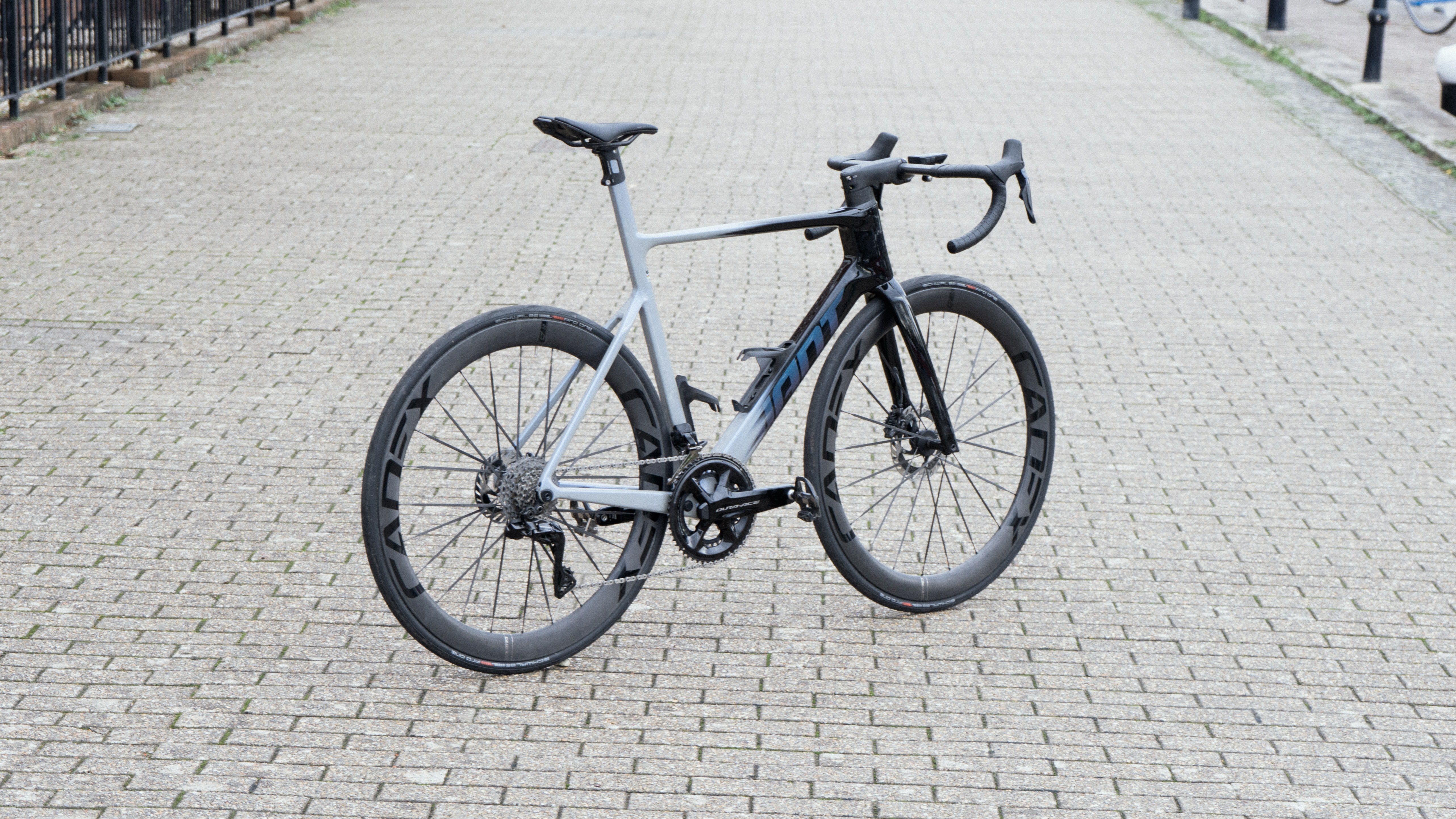Cyclingnews Verdict
A solid all-round race bike that feels somewhat caught between being an aero bike and trying to lose weight. Great on flat and rolling terrain, and while it climbs well it's best suited to having some properly deep wheels.
Pros
- +
Genuine all-round capability
- +
Comfortable enough for all-day riding
- +
Separate bars mean easier and cheaper fit adjustment
- +
Stable on high-speed descents
Cons
- -
Narrow tyres as stock
- -
Better with deeper wheels
- -
Not as aero or as cheap as the Factor Ostro VAM
- -
Integrated seatpost is annoying to live with
You can trust Cyclingnews
It’s slightly mad to call a bike that’s only two and a half years old ‘old’, but such is the pace of change at the top end of the sport that the Giant Propel is in the ‘elder statesman’ category within the peloton, along with the Cervélo S5 and the Scott Foil, with multiple seasons use under its imaginary belt.
The Giant Propel is an aero bike, but perhaps only defined as such because of the existence of its lightweight sibling the Giant TCR. I have often pondered while racking up the kilometres on the Propel whether we’d consider it in the same sort of bracket as other all-rounders if it weren’t for a dedicated lightweight bike in the brand’s range.
In any case, I’ve put several hundred kilometres into the Giant Propel in recent weeks, including a few back-to-back big days in truly miserable weather, and my regular Wednesday night lap of all of the best hills Bristol has to offer. In short, it’s an excellent bike, and worthy of being in the conversation when discussing the best road bikes on the market. That shouldn’t be a surprise really, given that so few top-end bikes are bad nowadays, but the top line is that it doesn’t really have the feel of older aero bikes. It’s an excellent all-rounder, perfectly capable on rolling, hilly terrain, but does lack a touch of the snappiness of some other race bikes I’ve ridden.
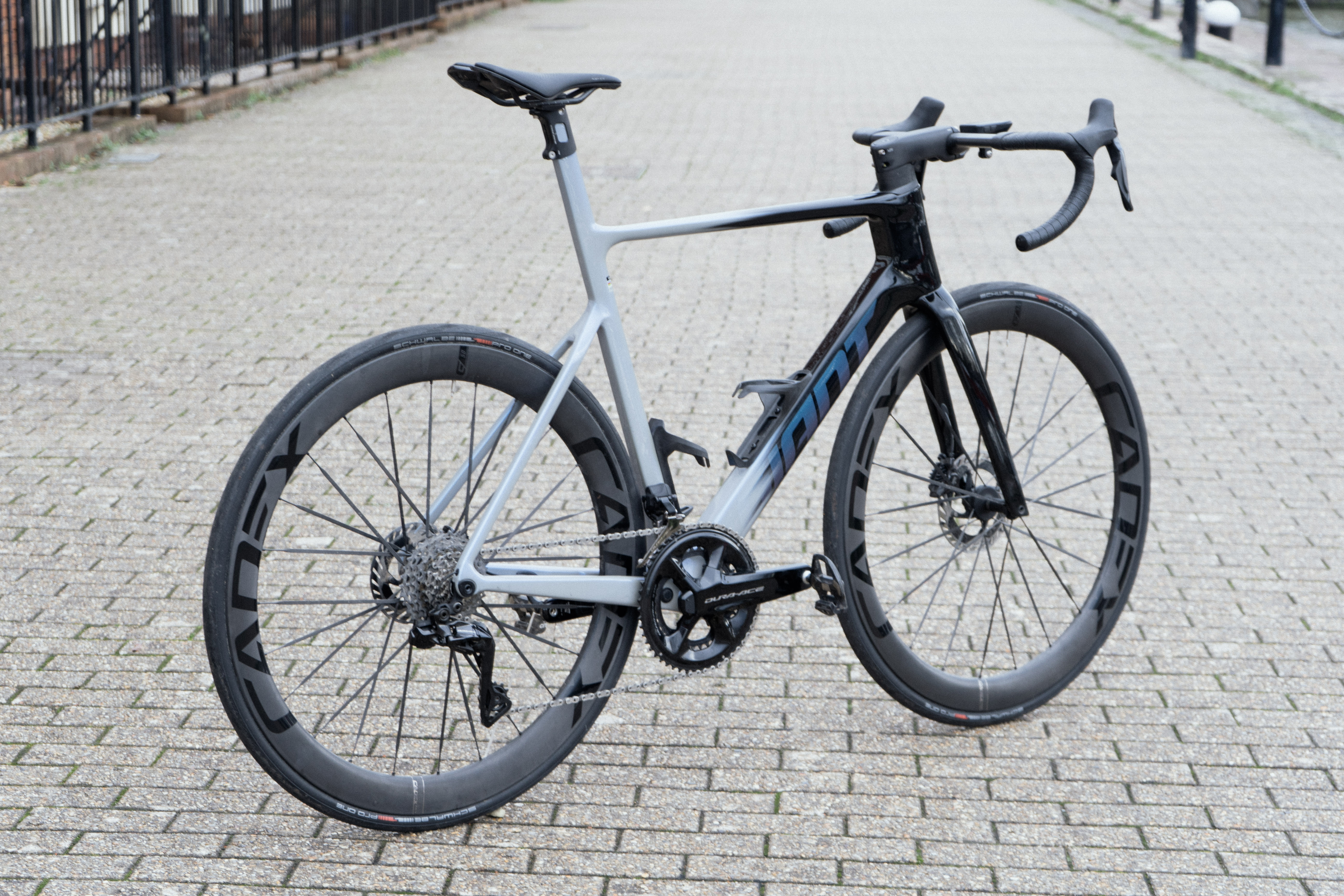
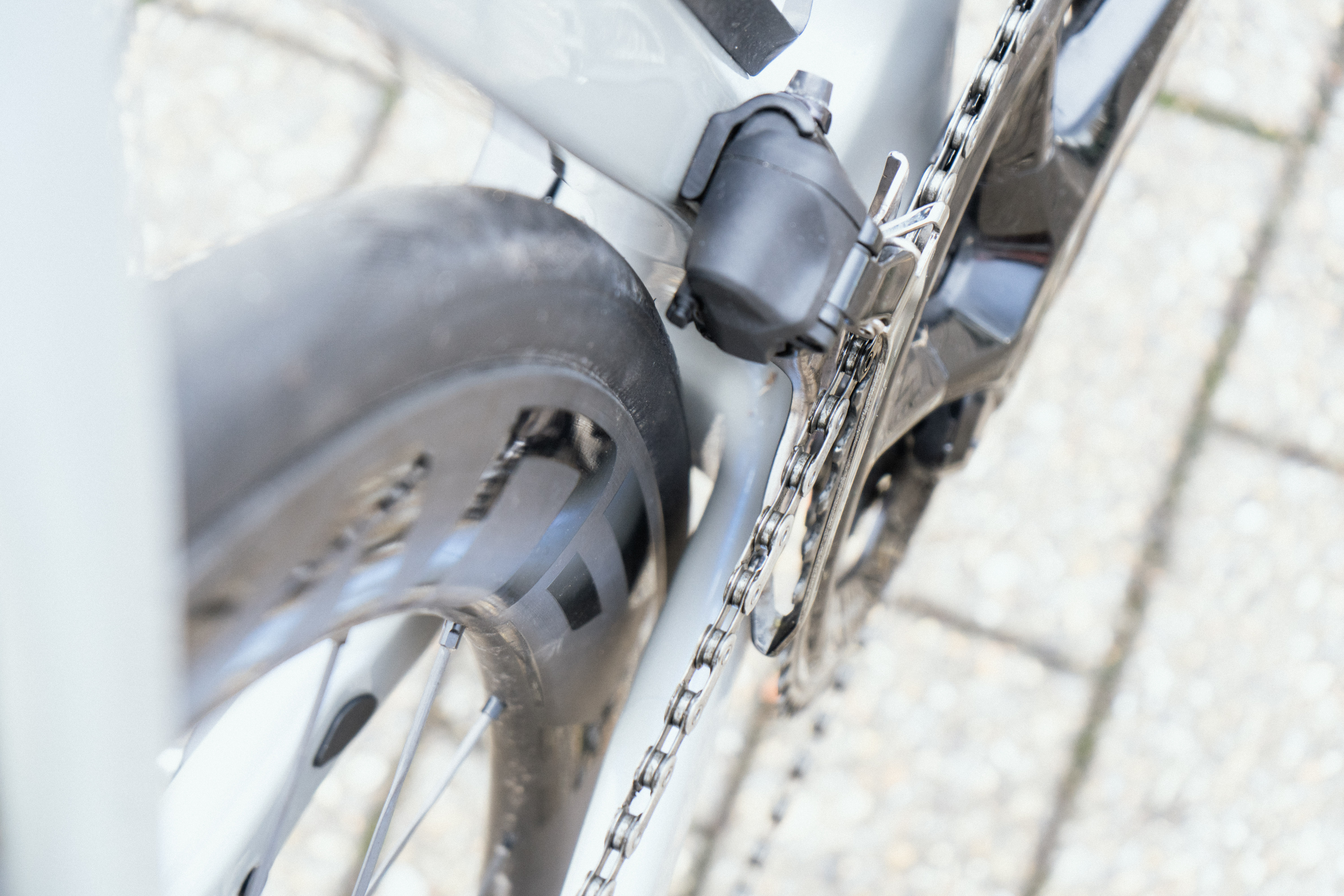

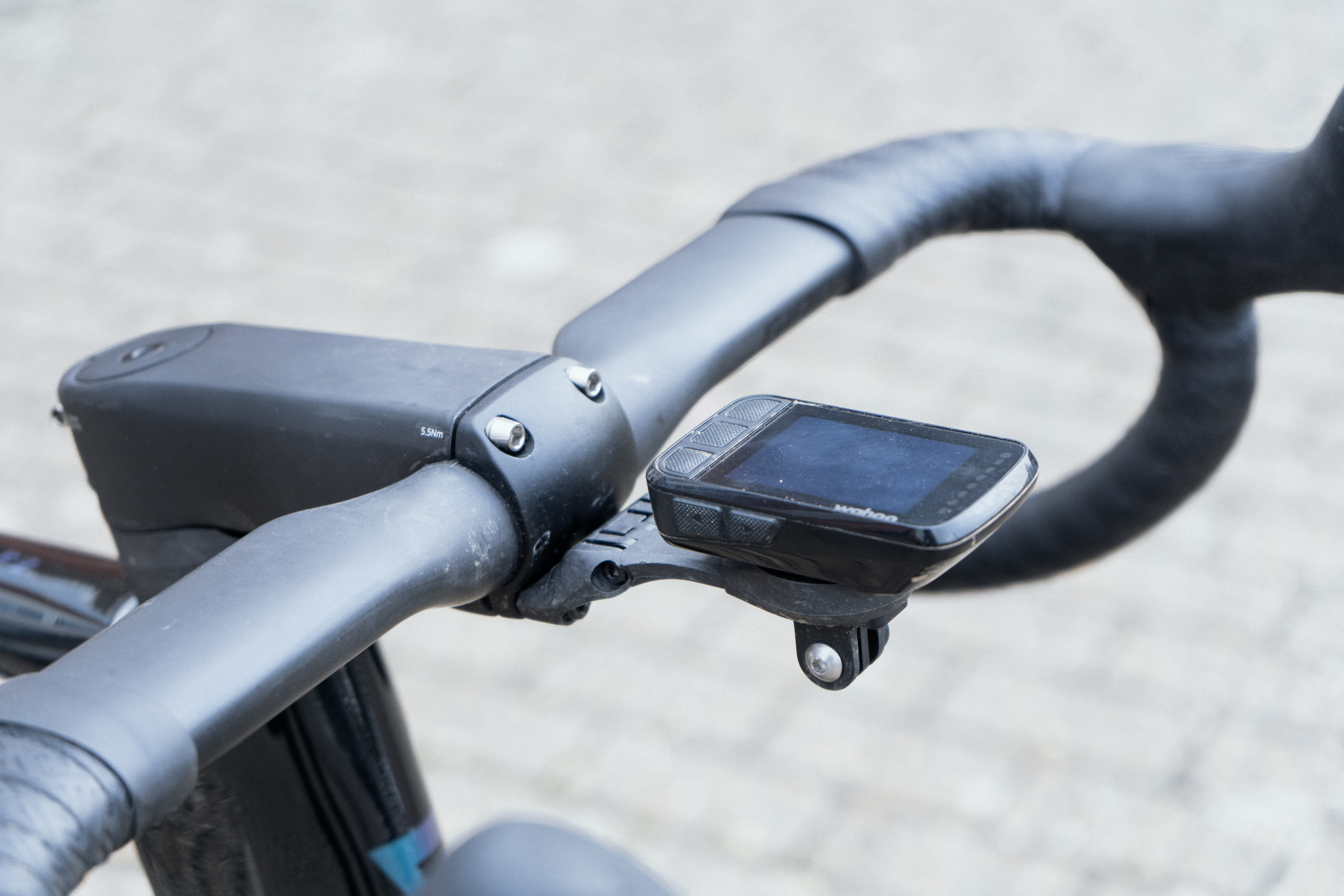
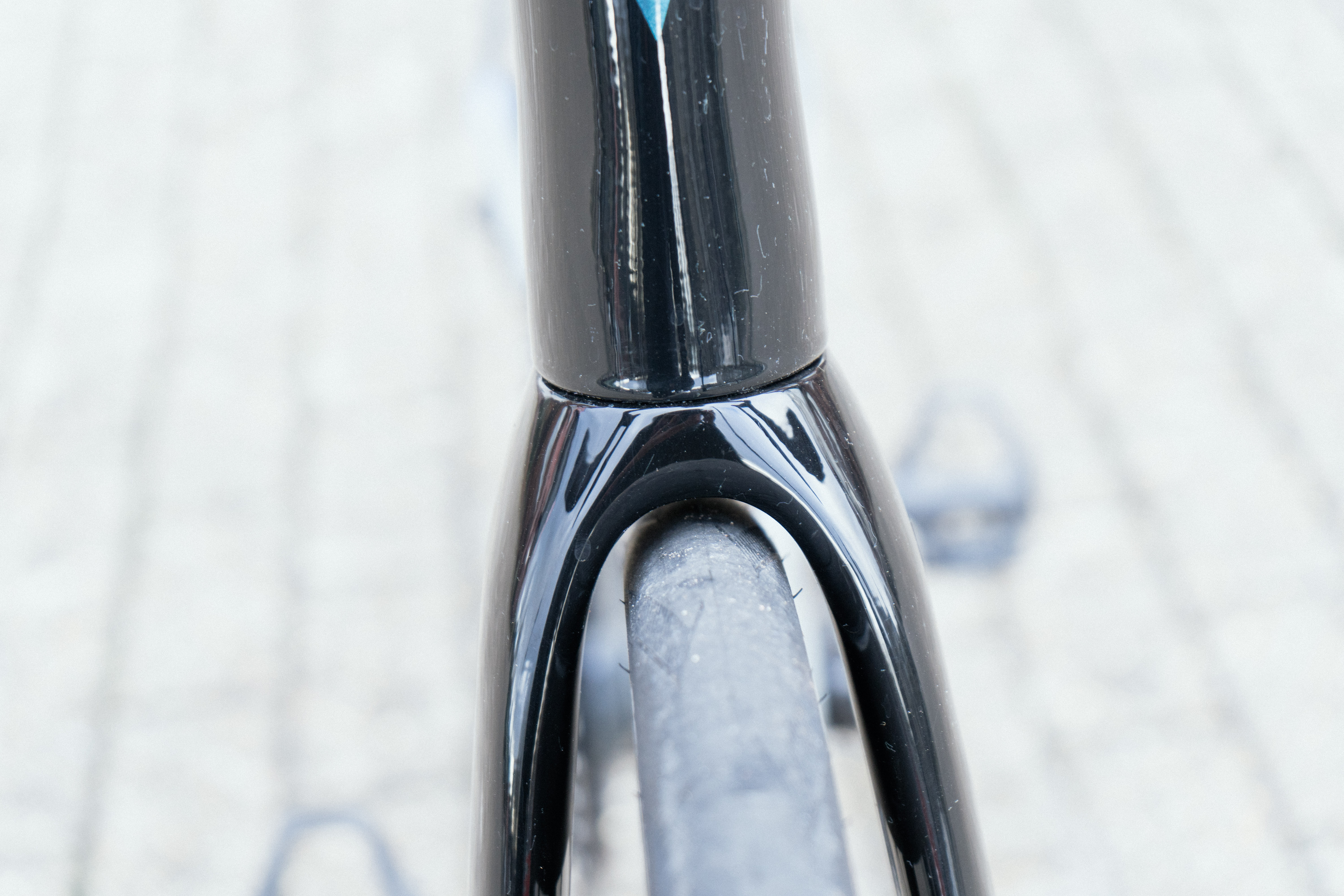
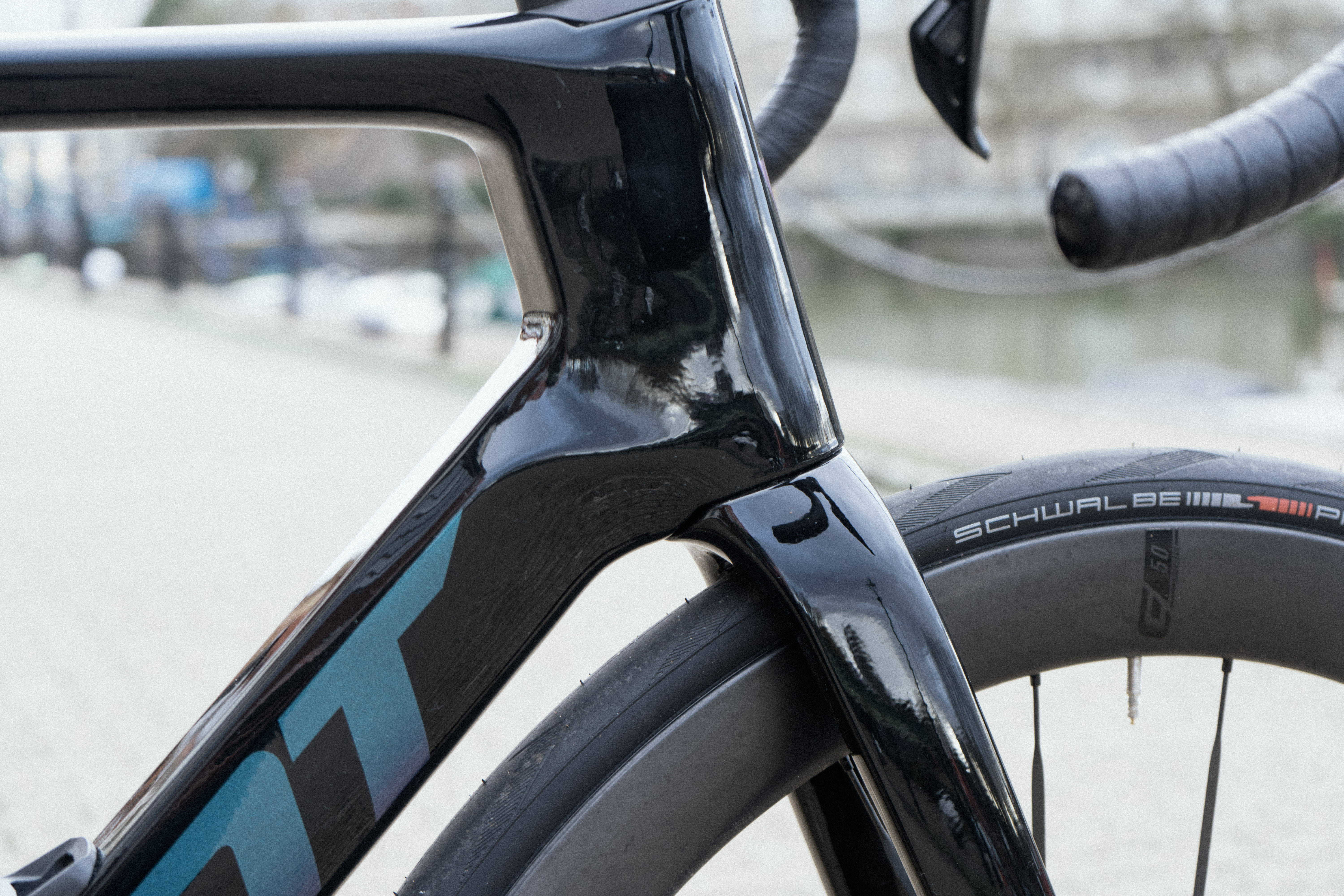
Design and aesthetics
The Giant Propel I’ve been kicking about on is the all-singing, all-dancing, Giant Propel Advanced SL model and the first thing that will probably catch your eye is the integrated seatpost, which I will shorten to ‘ISP’ from now on. It’s perhaps an unusual place to start a design discussion, but I’m afraid it was an immediate annoyance.
I understand the reasoning for designing a bike with an ISP, and along with the TCR the Giant Propel has a history of using them, but from a purely consumer standpoint they make little sense. In order to get my saddle height correct I needed to pop the bike in the boot of my partner's car, which is a lot harder to do in a small French hatchback when you can’t drop the saddle height, and take it to a Giant retailer to cut it down to size. Once it’s set then it was absolutely fine, but there’s no going back. Even the very helpful chaps at the Giant store admitted it’s a bit of a nightmare for anyone wanting to resell their Propel, as it relies on selling it on to someone who is the same height as you or shorter (or only marginally taller with the adjustable mast topper).
The good news though is that only the Giant Propel Advanced SL (for ‘superlight’) has an ISP, while the Giant Propel Advanced and the Giant Propel Advanced Pro have a standard adjustable seatpost. Given the bell curve of consumer purchasing is likely going to fall more on these models it’s not something I’m going to mark the bike down too much for.
The rest of the bike is classic aero. Truncated aerofoils, a deep headtube, and relatively chunky chainstays. The bottom bracket area is not all that enormous by modern standards. It’s deep, but it’s narrower than your bottles. Compare that to the bottom bracket area of the Pinarello Dogma, where the shell is deeper and wider than a standard bottle and there is a marked difference, even to an all-rounder. Given the Giant Propel is nominally the sprinters' bike (though in reality, we tend to see teams using it exclusively over the TCR) the pedalling platform could be given a little more heft. Don’t get me wrong, it’s by no means a floppy, noodly frame under power, but under a full sprint it lacked a little snappiness and I think this has something to do with it.
The latest race content, interviews, features, reviews and expert buying guides, direct to your inbox!
While we’re sort of on the subject of stays, the chain and seat stays of the Giant Propel are wide enough to accommodate a 30c tyre on relatively modern rims, but no wider. While trends in bikes generally are to wider tyres - the latest Canyon Aeroad, Specialized Tarmac SL8, and Colnago V4Rs boast a 32c clearance, and the Cannondale SuperSix Evo up to 34c - it’s also in keeping with trends when the bike was launched. I’d like the option to go wider, but I rode about quite happily on 30c tyres here as I did with the Pinarello Dogma, which has identical clearance.
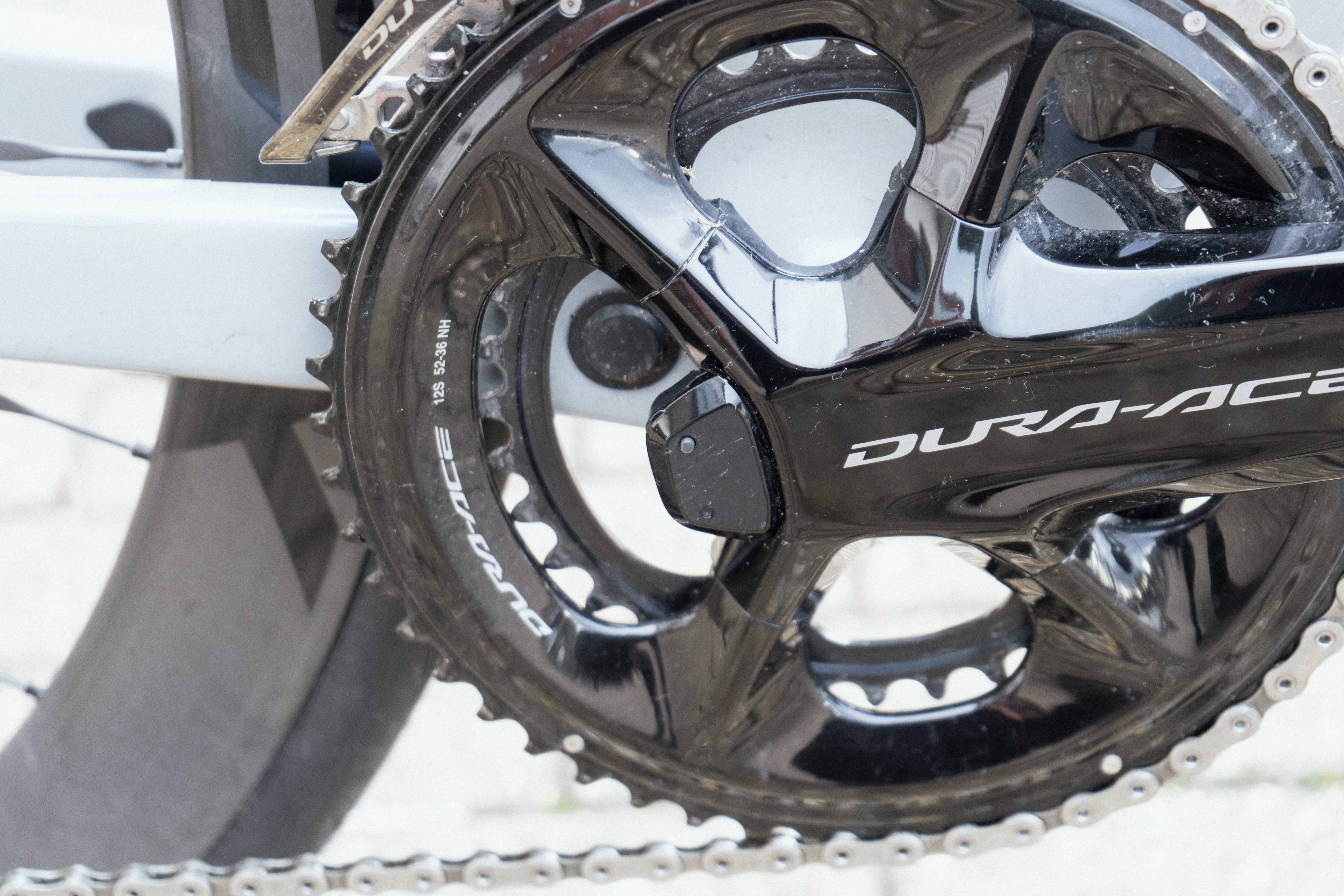
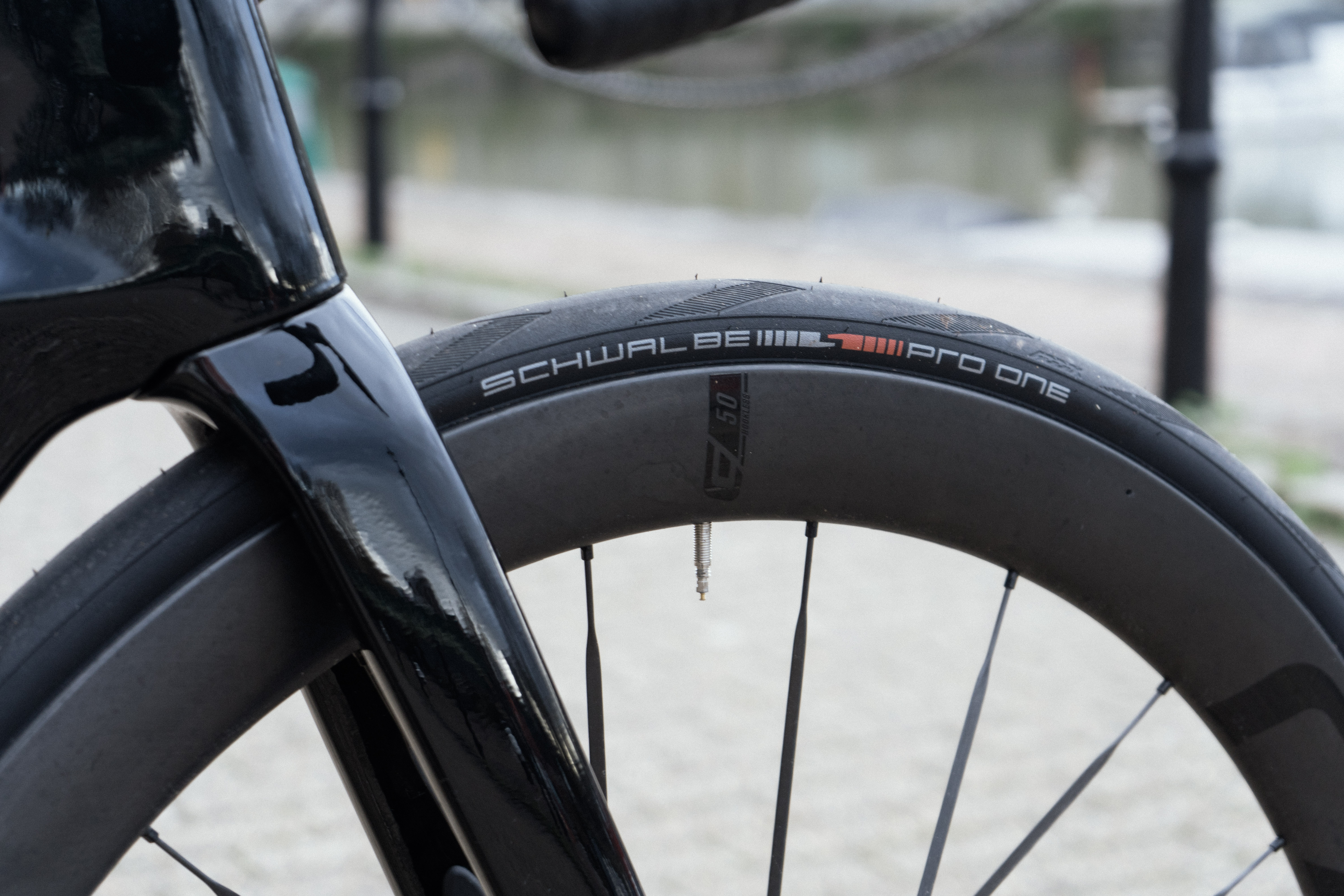
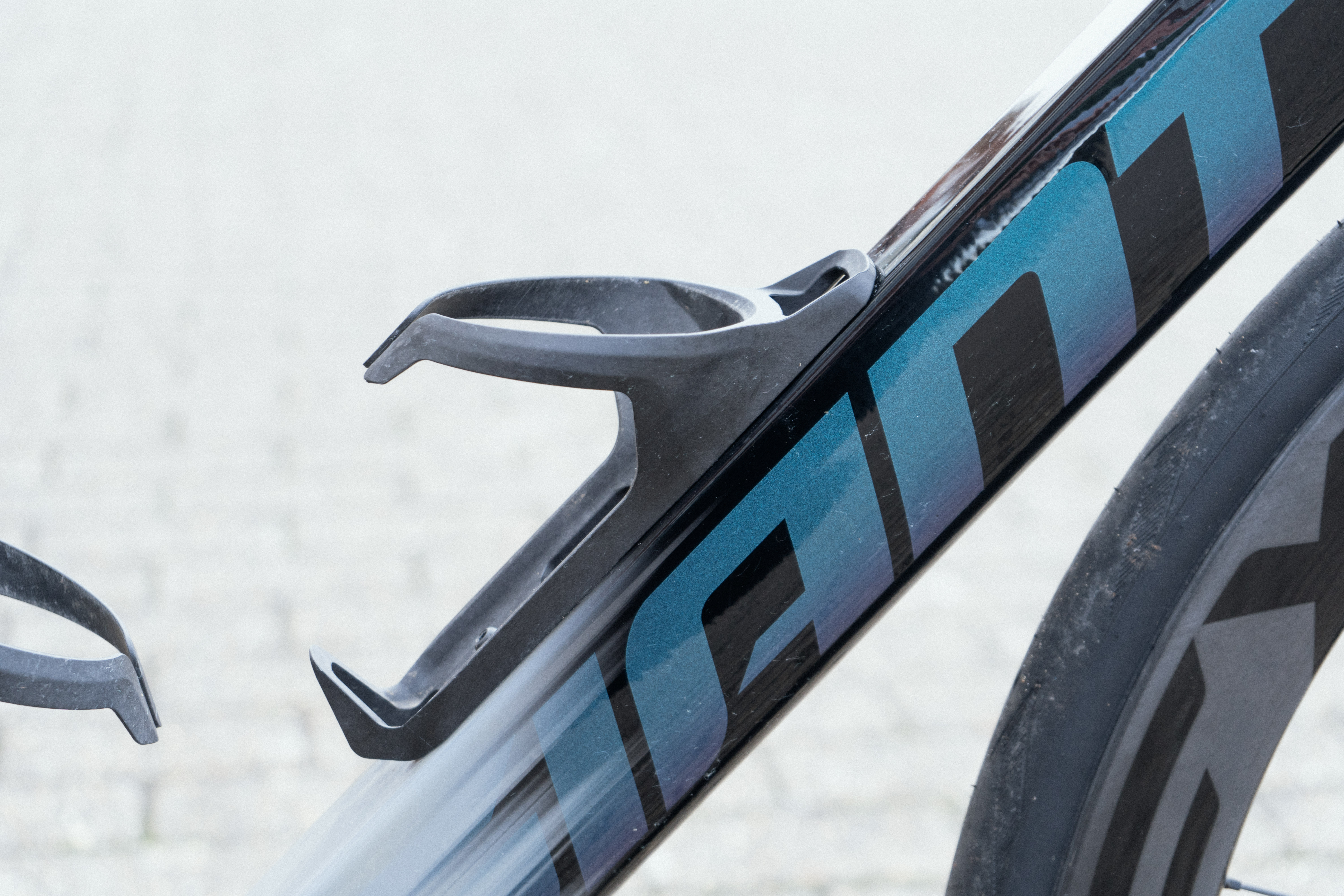
Up front, unusually now for a high end bike, the Giant Propel comes with a two-piece bar and stem. Our own wind tunnel bike test showed that the Propel, in a bike-only test, performed the second worst, only beating the Look 795 RS (albeit with a margin of error that could push it up a few spots). It’s a matter of a handful of watts to get the Propel into the mix of the midpack, and seven to get it to the top of the leaderboard. Given how important the leading edges are in aero terms, having a one-piece cockpit would undoubtedly improve things. Given the cables are all internal anyway it’s not actually that much easier to live with a separate system, though it is slightly cheaper should you want to swap bars or stem individually, and it means you can spec something bananas like the Lambda X-Wing bars which would certainly improve your coefficient of drag.
To the wheels and the rest of the specced components: Shimano Dura-Ace is spectacular as always, so no further words are needed on that front. The Cadex 50 Ultra wheels are undoubtedly good, though a bike like the Propel should in my opinion come with something a little deeper. I appreciate Giant was trying to get the bike to a lower weight, which is aided by shallower all-round wheels, but it’s an aero bike… give me whooshy deep wheels and to hell with the weight. In all seriousness though, the Cadex 50 Ultra wheels are a decent all-round option. They weigh very little but did come in the bottom half of our wheels' wind tunnel test. I don’t think they’re something you’d immediately need to upgrade by any stretch, but if you were speccing the bike from a frameset I’d go deeper, as I’ll go into shortly.
Lastly (unusually late for me as I like to address this first) the aesthetics. I will admit that aesthetics are subjective but I find it hard to get my pulse racing while looking at the Propel. The ISP is visually cool and head-turning, but it's a rather blocky form devoid of finesse. You could draw it pretty easily using just a ruler, though this is an accusation that could be levelled against many aero bikes of the last five years. The cockpit is bulky and a little stolid looking too. It's not my favourite to look at, but that doesn’t impact how it rides - If you like it then you do you and don’t let some cycling journo spoil your party.
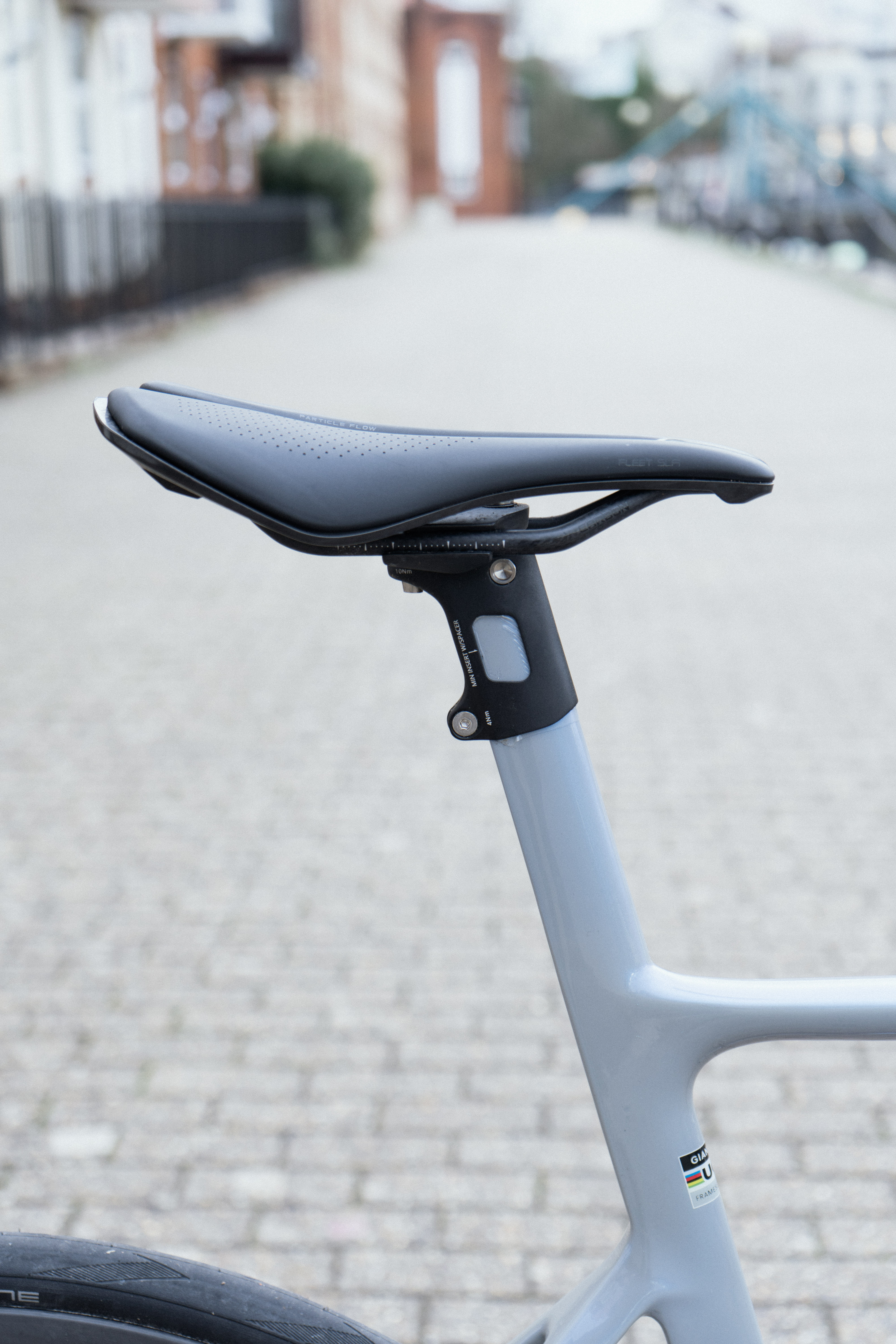
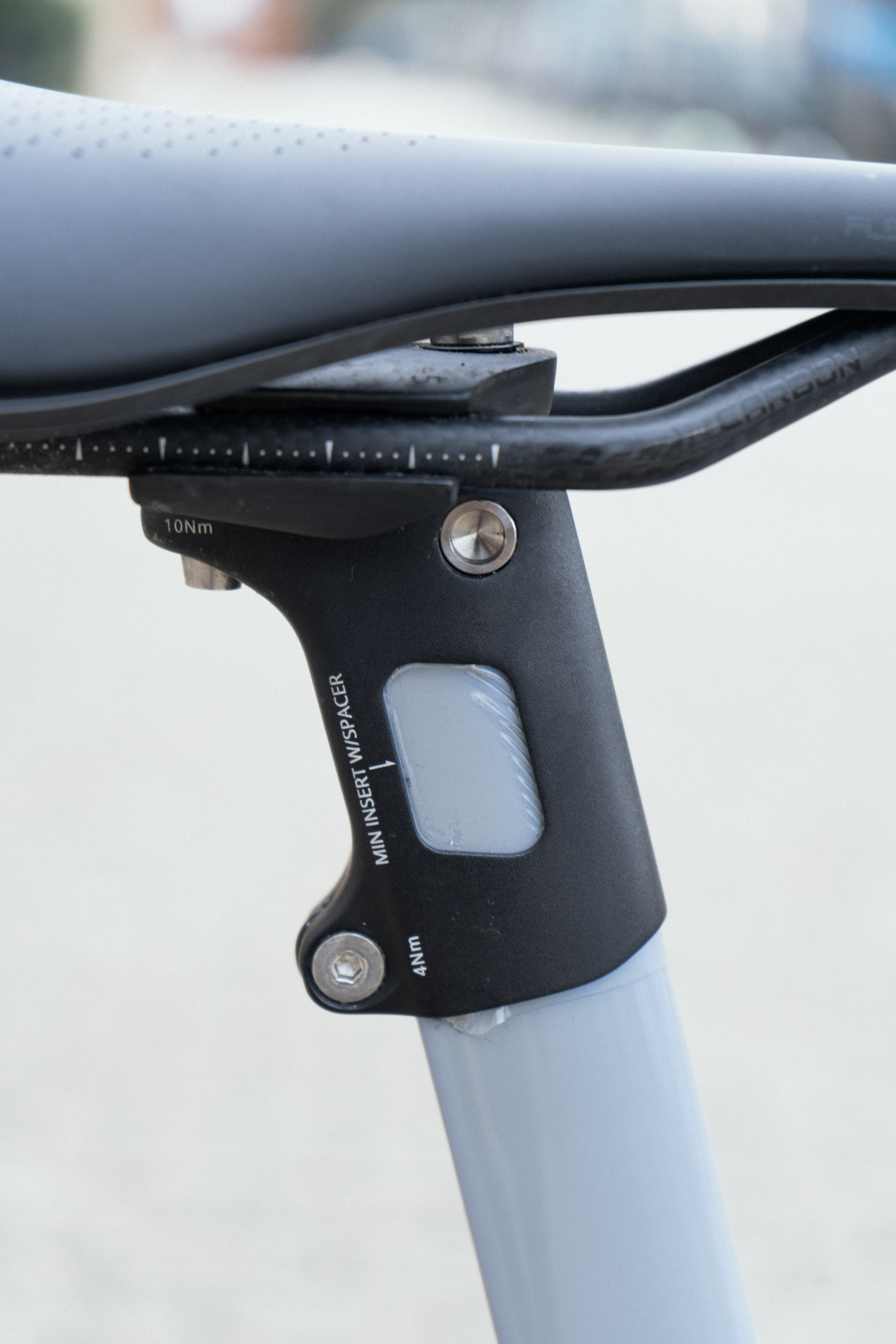

Performance
I tested the Giant Propel in its stock configuration first, with the Cadex 50 Ultra wheels. I did however change the tyres: This had nothing to do with Cadex's performance in our tyre rolling resistance test, but rather we nicked the Cadex wheels for our wind tunnel tests and swapped the tyres to a standardised pair of Schwalbe Pro One in 28c, so I just stuck with them. Selling a modern bike with 25c tyres (what comes stock on the Giant Propel) is outdated and to me smacks of a brand with a lot of 25c tyres in stock that need shifting... my advice: upgrade to something wider.
The Propel is the first dedicated aero bike I’ve tested in a while, but what struck me most is how much like the all-rounders I’ve tested it feels. While it’s been years since aero bikes were truly jarring and uncomfortable, the Propel is a very mellow place to be. It’s not heavy - Giant doesn’t quote a weight but my size 56 without pedals, but with bottle cages, tipped the scales at 7.77kg, and even when climbing steep gradients I never found myself wishing for some featherweight option instead. Yes you could go lighter, but it’s an aero bike. For that category, it's relatively light, but it is 500g heavier than the Factor Ostro VAM.
On really short, steep climbs - the kind I love and that Bristol is blessed with in abundance - it lacks the darting, razor’s edge feel of the Tarmac SL8, the Ostro or the Pinarello Dogma, instead having a more muscular ride feel. This is actually borne out over the whole ride experience, and handling-wise it’s very predictable, but a little lacking in agility for my tastes. As I am often loathe to stress, this is entirely comparative, rather than absolute. It is a top-end, race-oriented bike and handles accordingly, but in my mind, there are many race bikes all on a handling spectrum.
At the jittery and a bit too rapid end of the spectrum is the Canyon Ultimate, and at the slack end is the Colnago V4Rs. My personal sweet spot is the Pinarello Dogma, but if you want something that is a little more stable on descents, but sacrifices a little in the corners then the Propel will be right up your street. It’s very like the SuperSix Evo in the way it behaves, and is what I suspect has been described as ‘neutral’ in countless reviews past.

With mid-depth wheels, it feels like an all-rounder. Even on long, protracted climbs, it was a happy companion. I did though want to find out how it fared as an all-out aero bike, and handily I had in my possession a set of Scope Artech 6.A wheels. At 65mm deep they’re very much in the ‘deep section’ part of the market, and from our own testing, they are the fastest on the market. They are undoubtedly excellent wheels, but I am not going to claim that the bike was transformed immediately into a pseudo-tt machine.
I do though think this is a bike that’s suited to just committing to the aero setup. With 65mm deep wheels it did feel a little more purposeful and less like a bike that was trying to be all things to all people, and with the ability to fit really narrow bars, you could make a genuinely incredibly aero setup using the Propel - Remember, your body makes up the vast majority of your aero drag, far outweighing a few watts difference between bikes.
I did a couple of big days out recently, both of which involved several hours of mostly flat riding, and here the Giant Propel, especially with deep wheels, feels most adept. It’s comfortable enough to hold an aero position without wrecking yourself, and should you decide to opt for very narrow bars, the front end is stable and twitch-free enough to make that a stress-free option.
In a sprint, it doesn’t feel quite as stiff at the rear end as some more recent bikes - The Dogma for example - though the flip side of this is I never found the rear end skipping off the tarmac as I did with the Pinarello over broken tarmac.

Value
The Giant Propel Advanced SL will set you back £11,500 / $12,750. The existence of the Van Rysel RCR Pro, tipping the scales at $1 under the $11k mark really skews the value discussion, especially considering it performed better in the wind tunnel.
Yes, you can compare it to the Pinarello Dogma which is more expensive by dint of it being more exclusive, and the Specialized Tarmac which is more expensive by dint of it being a Specialized Tarmac, but the real fly in the ointment comes in the form of the Factor Ostro VAM, which is cheaper, faster in the wind tunnel, and received a near perfect review score from our Associate Editor, Josh.
Having a dual-sided power meter on the Giant Propel is perhaps worthy of a few value points, but the Dura-Ace power meter is renowned for being a bit unreliable, and if I were speccing a bike with a power meter it’d be something else. So you are slightly hamstrung here, either having to stick with the Dura-Ace model, or sell the crankset on… or just run two power meters and pay more.
All in all, it’s not bad value. It’s an excellent bike but by the numbers there are better value options out there that also perform better. I’d also say the ISP knocks it down in value because it could make it harder to sell on.
Verdict
The Giant Propel is an aero bike that with the right wheelset happily works as an all-rounder, but I found it best suited to big days on flatter rides when specced with some properly deep wheels. The more easily swappable cockpit means you could make a very aero setup with some hyper-narrow bars, something that is harder to do when tied into an integrated cockpit setup.
The handling is lovely and neutral, though it lacks a bit of agility compared to some, but this makes it a confident bike to ride on fast descents. I found the rear end could be a little stiffer under sprint loads, but this was only a minor gripe in the grand scheme of things.
Realistically the age of the bike is just starting to show, but as it’s two and a half years old in an industry that usually works on three-year development cycles, this isn’t a great surprise.

Attributes | Notes | Rating |
|---|---|---|
Design and aesthetics | A little plain for my tastes. The ISP is visially cool but ultimately annoying. | 8/10 |
Build | Dura-Ace is hard to fault, but a separate cockpit is behind the times and it deserves proper deep wheels. It also comes with 25c tyres which is very old school nowadays. | 7/10 |
Performance | It rides very well, and while it isn't the most nimble and is a little less stiff at the back end it's really very good on a wide range of terrain. Not the most aero by our tests though. | 8/10 |
Weight | 500g heavier than the more aero Factor Ostro VAM. It's no hefty beast, but it's no featherweight either. | 8/10 |
Value | It's not Pinarello money, but with the Factor and Van Rysel options cheaper for similar specs or better it's a harder sell. | 8/10 |
Overall | Row 5 - Cell 1 | 78% |
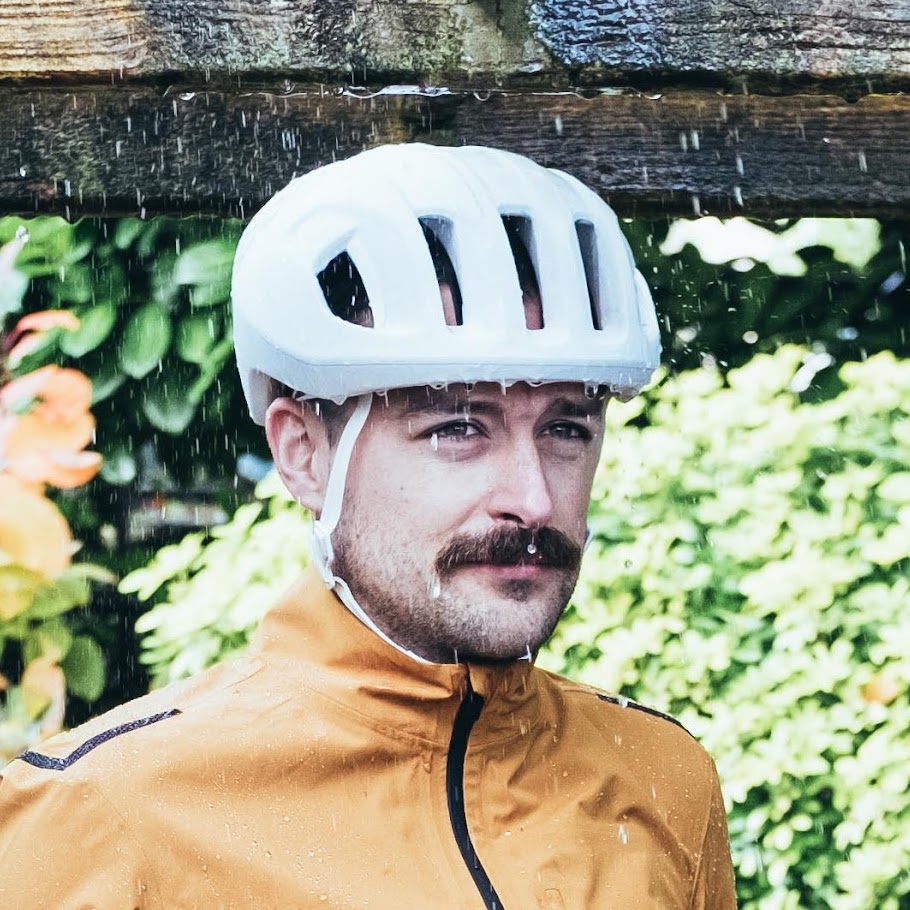
Will joined the Cyclingnews team as a reviews writer in 2022, having previously written for Cyclist, BikeRadar and Advntr. He’s tried his hand at most cycling disciplines, from the standard mix of road, gravel, and mountain bike, to the more unusual like bike polo and tracklocross. He’s made his own bike frames, covered tech news from the biggest races on the planet, and published countless premium galleries thanks to his excellent photographic eye. Also, given he doesn’t ever ride indoors he’s become a real expert on foul-weather riding gear. His collection of bikes is a real smorgasbord, with everything from vintage-style steel tourers through to superlight flat bar hill climb machines.
